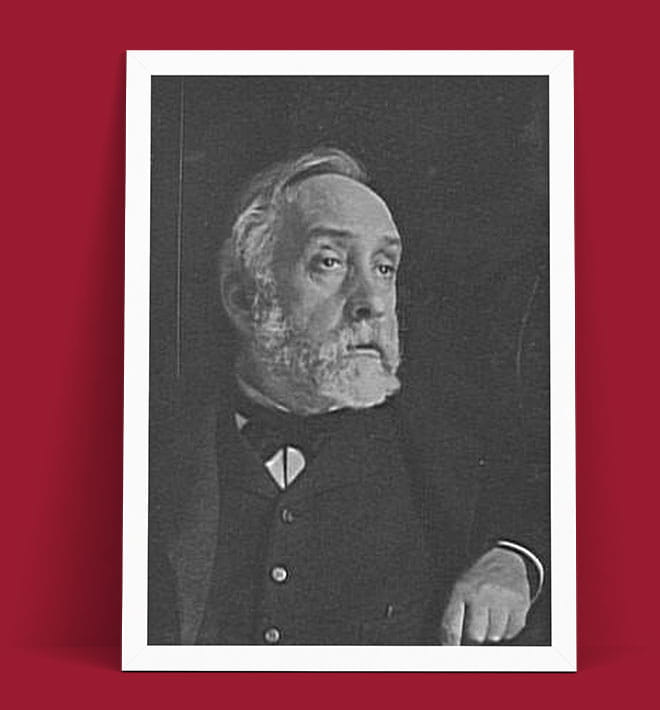Early Life and Education
Degas was the eldest son in a family that valued both education and the arts. Encouraged by his parents, his natural aptitude was recognized early, and he was admitted to the Lycée Louis-le-Grand, where he received a classical education. In 1855, Degas began his formal artistic training at the École des Beaux-Arts in Paris, studying under Louis Lamothe, a pupil of the great Neoclassical artist Jean-Auguste-Dominique Ingres. Although his early work was steeped in academic tradition, his later style would break free to explore modern life with unprecedented candor.
Italian Influences and the Shift to Modernity
Between 1856 and 1859, Degas travelled extensively throughout Italy. Immersing himself in the works of Renaissance masters such as Michelangelo, Titian, and Raphael, he meticulously copied their paintings and sculptures. This rigorous study honed his draftsmanship and instilled in him a deep understanding of human anatomy and form. Returning to Paris with a renewed vision, Degas gradually moved away from historical and mythological subjects toward capturing contemporary life. His early canvases began to reflect a fascination with fleeting moments and the subtleties of human expression, foreshadowing his later commitment to modern themes.
Association with the Impressionists
Although often grouped with the Impressionists, Degas was something of an outlier within the movement. He exhibited in seven of the eight Impressionist exhibitions between 1874 and 1886, yet he never fully embraced their preoccupation with the effects of natural light. Instead, Edgar Degas concentrated on the human figure and urban scenes, employing innovative compositions and unusual perspectives. This departure from tradition set him apart and allowed him to develop a distinctive style noted for its technical precision and psychological depth.
The World of Ballet: A Lasting Obsession
Degas is perhaps best known for his evocative portrayals of dancers—a subject that would dominate his later career. His extensive series of works captures the backstage preparations, rehearsals, and performances in the world of ballet. In these paintings and pastels, the ballerina is both a symbol of grace and a testament to the rigor of artistic discipline. Degas’s fascination with the subject is evident in works such as "The Dance Class," "Dancers at the Barre," and numerous more intimate studies of solitary dancers. His careful observation of movement, light, and form allowed him to infuse his canvases with a sense of immediacy and realism that still resonates today.
"Edgar Degas Little Dancer"
One of the most groundbreaking and discussed pieces in his oeuvre is the sculpture "Little Dancer Aged Fourteen." Created between 1878 and 1881, this work diverged sharply from the traditional conventions of sculpture at the time. The piece portrays Marie van Goethem, a young ballet student from the Paris Opera, rendered originally in wax and later cast in bronze. Notably, Degas incorporated a combination of materials—real hair, a fabric tutu, and even an actual satin ribbon—to create a work that blurred the boundaries between sculpture and living art. While the sculpture initially received mixed reviews, its raw realism and innovative execution have made it one of the most celebrated examples of Edgar Degas artwork ever produced.
Techniques, Themes, and Legacy
Degas’s technical innovations extended far beyond subject matter. He was a master of pastel and oil, employing both media to capture texture and movement with extraordinary subtlety. His experiments with composition—often influenced by photography and Japanese prints—allowed him to fragment traditional perspectives and reframe everyday life in compelling new ways.
Beyond his technical prowess, Degas’s art explored themes of isolation, labor, and beauty amidst urban modernity. Unlike many Impressionists who focused on landscapes and outdoor leisure, he delved into the realities of working life in the bustling city of Paris. His compositions reveal an acute sensitivity to the nuances of posture and gesture, providing a window into the inner lives of his subjects.
Degas's influence on subsequent generations of artists is immeasurable. His dedication to capturing the dynamism of modern urban life and the elegance of the human form has inspired countless painters, sculptors, and photographers. Today, museums around the world proudly display Edgar Degas artwork, ensuring that his innovative vision continues to shape the contours of modern art.
Conclusion
Edgar Degas remains a towering figure in the history of art—a pioneer who reimagined the portrayal of human movement and urban life. His lifelong fascination with the ballet studio, encapsulated in works featuring the graceful ballerina and epitomized by masterpieces like "Edgar Degas Little Dancer", endures as a testament to his revolutionary approach. Through his compelling body of work, Degas not only chronicled the vibrancy of 19th-century Paris but also laid the groundwork for future generations to explore the intersection of classical technique and modern expression.








